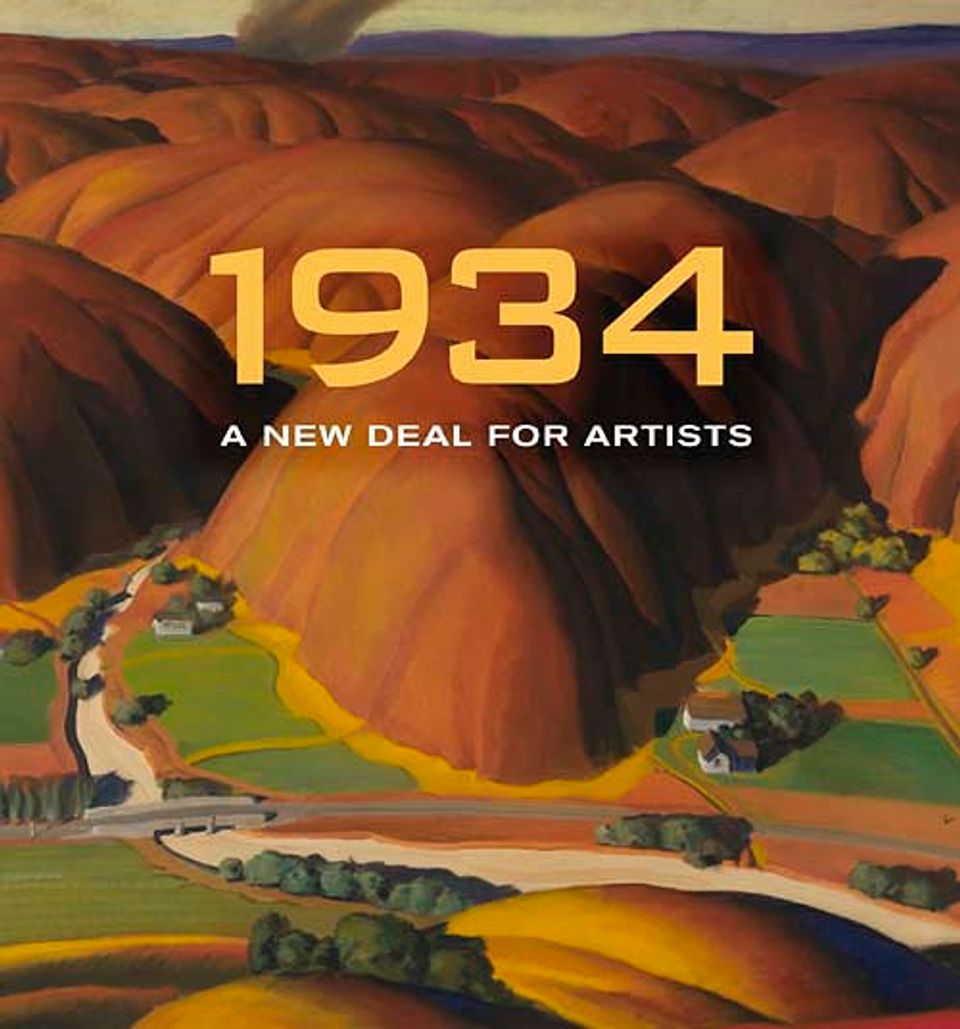Copied
Martha Levy, Unidentified, Winter Scene, 1934, oil on fiberboard, 21 1⁄2 x 27 3⁄8 in. (54.6 x 69.5 cm), Smithsonian American Art Museum, Transfer from the U.S. Department of Labor, 1964.1.215
Copied
Artwork Details
- Title
- Winter Scene
- Artists
- Attributed to Martha LevyFormerly attributed to Unidentified
- Date
- 1934
- Location
- Not on view
- Dimensions
- 21 1⁄2 x 27 3⁄8 in. (54.6 x 69.5 cm)
- Credit Line
- Transfer from the U.S. Department of Labor
- Mediums
- Mediums Description
- oil on fiberboard
- Classifications
- Keywords
- Figure male
- Recreation — sport and play — hunting
- Landscape — season — winter
- New Deal
- Architecture Exterior — domestic — house
- Object Number
- 1964.1.215
Artwork Description
1934: A New Deal for Artists exhibition label














